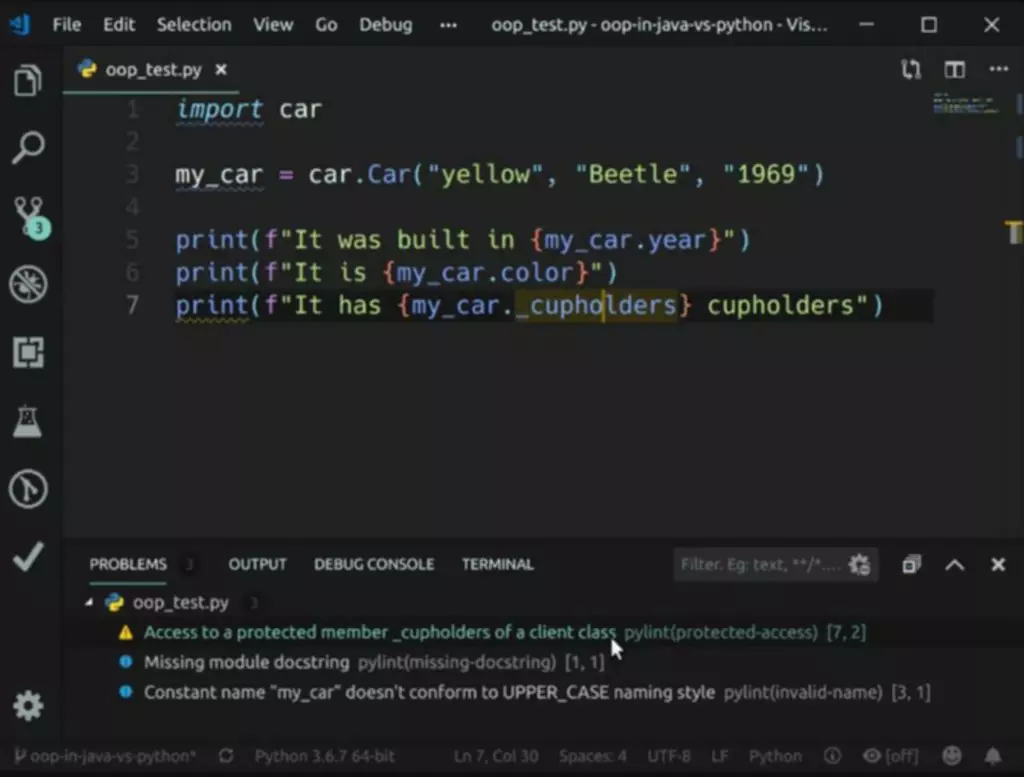Path tracing takes ray tracing to the following degree by totally simulating how gentle moves and interacts in a scene. It would not just observe a single bounce of light—it follows rays as they scatter, reflect, and illuminate other surfaces. This makes it extremely good at capturing practical lighting, shadows, and reflections, making everything look pure and immersive. That’s why it is the go-to choice for high-end film production and architectural renders. Ray tracing takes realism to the next degree by simulating how mild interacts with objects. As An Alternative of utilizing tricks to fake reflections, shadows, and refractions, it tracks the trail of sunshine rays as they transfer via a scene.
This Article Is Part Of The ‚Improve Website Efficiency‘ Guide
This method helps create a more immersive and practical image by presenting the scene from a believable perspective. This approach is particularly valued for attaining sensible and immersive visual representations in computer graphics. Not Like other techniques that focus solely on direct gentle from a supply, radiosity accounts for mild reflected off surfaces within the setting. The Texture and Bump Mapping Rendering Method is important in pc graphics for including intricate details to 3D models. Textures are the top layer of a mannequin, offering details about colour, material, and surface details. Shading manipulates light and dark ranges utilizing software effects, enhancing the natural look and volume of objects.
Rendering Ideas

This method is broadly used in trendy rendering software for attaining cinematic quality. Ray casting is the second methodology of simulating pure mild, generally thought-about simpler to attain. One technique for working with lighting and a helpful rendering technique is ray tracing. With it, you can set up a very natural lighting effect that mimics how natural lighting works. For instance, this technique adjusts light primarily based on the principle of diffusion (refraction of a light beam) and reflection, and in addition makes use of effects corresponding to soft shadows.
Shading And Lighting

It excels in creating lifelike visualizations, making it a go-to choice for high-end architectural projects. Integrating 3D rendering techniques into architectural workflows requires deciding on strategies suited to project objectives. Ray casting simulates the behavior of light by tracing its interplay with surfaces and materials. This 3d modelling technique accurately calculates shadows, reflections, and refractions, providing a practical representation of how mild impacts architectural environments.
Significance Of Rendering Strategies
Their services cater to purchasers looking for detailed 3D modeling or excellent visualization pipelines for each exterior and inside designs. The studio ensures optimal outcomes through a seamless rendering course of custom-made to satisfy project wants rendering meaning in computer. Opulent 3D Studio provides advanced technical expertise in creating photorealistic rendering for architectural visualization. Their course of consists of precise computer-aided design, creative detailing, and high-resolution renderings. Full-body 3D scanning incorporates between 40 to 200 cameras for in depth coverage.
Optimize workflows by enhancing hardware setups, lowering polygon counts, and managing texture resolutions. Strategies like utilizing render layers and passes simplify scene adjustments without re-rendering complete https://deveducation.com/ initiatives. 3D rendering is a powerful digital tool that transforms architectural concepts into sensible photographs and animations.
Whether working on a simple visible or a fancy animation, understanding the rendering workflow – from data preparation to the ultimate image – is crucial. In addition to textures, visual effects are essential for adding realism and depth to the scene. These effects, similar to reflections, refractions, and environmental elements like fog or smoke, help to convey the scene to life. These components work together to create a extra dynamic and engaging visible experience, enhancing the general mood and ambiance of the rendered scene.
- The film and animation industry relies heavily on 3D rendering to create gorgeous visible effects and absolutely animated features.
- Without prior consent from ThePro3DStudio, the data cannot be utilized by visitors in any manner.
- AI-powered rendering simplifies complex tasks, enabling architects to explore multiple iterations shortly and cost-effectively whereas delivering high-quality outcomes.
- Then the server renders the page in its entirety, outputting the ultimate HTML and any belongings and other scripts required to run the shopper.
The result’s a visually compelling image that can be utilized for various purposes, including visualization, leisure, and advertising. Use a combination of various light sources, such as ambient, directional, and point lights, to create depth and realism. Experiment with natural lighting setups, like simulating sunlight or synthetic lighting for interior scenes. Understanding how light interacts with objects, together with shadows and reflections, can dramatically improve the visible enchantment of your renders.
This stage involves exact consideration to scale, proportions, and spatial relationships. For architectural initiatives, this consists of every thing from structural elements to minute particulars like window frames and door handles. Pre-rendering typically utilizes CPU-based processing, often engaging multiple processor cores or render farms for complicated initiatives.
This essential stage transforms basic geometric varieties into believable objects by making use of floor properties. Artists create or choose applicable textures and define how supplies work together with light. This consists of setting properties like reflectivity, transparency, roughness, and bump mapping. Superior methods such as subsurface scattering for supplies like skin or marble add another layer of realism. Using advanced techniques like render layers gives you extra management over your rendering process. By isolating different elements of the scene into layers, you can regulate and refine every factor with out affecting the complete scene.
Finally, the artwork of selecting the best types of rendering methods is a nuanced interaction of technical considerations and artistic intent. It requires a deep understanding of the precise necessities of the project, the capabilities of the underlying hardware, and the specified visual impression. As expertise advances, the decision-making course of continues to evolve, providing creators an increasing toolkit to weave their digital tapestries with precision and creativity.
